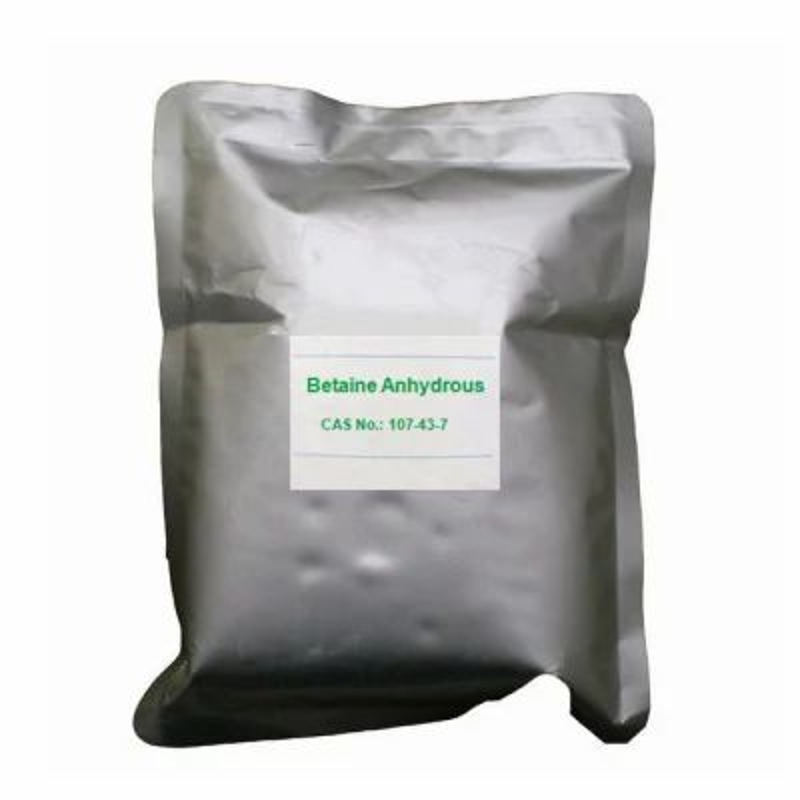-
Categories
-
Pharmaceutical Intermediates
-
Active Pharmaceutical Ingredients
-
Food Additives
- Industrial Coatings
- Agrochemicals
- Dyes and Pigments
- Surfactant
- Flavors and Fragrances
- Chemical Reagents
- Catalyst and Auxiliary
- Natural Products
- Inorganic Chemistry
-
Organic Chemistry
-
Biochemical Engineering
- Analytical Chemistry
-
Cosmetic Ingredient
- Water Treatment Chemical
-
Pharmaceutical Intermediates
Promotion
ECHEMI Mall
Wholesale
Weekly Price
Exhibition
News
-
Trade Service
the original title: "House" period nutrition: pregnant mother, do you really know how to supplement calcium?calcium is an important part of the body, accounting for 1.5 to 2.0% of the body's mass, of which 99% of calcium is found in bones and teeth. As we all know, calcium is an important nutrient for the bone development of babies, to ensure adequate calcium intake during pregnancy. But what is the need for calcium during pregnancy? How to make up is in place?...... Are these questions really clear to pregnant mothers? Let's take a look at what Dr. Li Yanhua, deputy director of the Fujian Provincial Maternal and Child Health Hospital and a registered dietitian at the Chinese Academy of Nutrition, said!What nutrients dopregnant mothers need?women have more needs for various nutrients in their bodies after pregnancy, and at different stages of pregnancy, there are differences in the need for micronutrients: folic acid is important during pregnancy and the first 3 months of pregnancy! To ingest enough folic acid to prevent neural tube malformations, you can choose to supplement the drug folic acid preparation or the compound nutrient preparation containing folic acid. In the middle and late stage of pregnancy, calcium, iron, etc. are the most easily lacking mineral nutrients! When daily meals do not provide enough nutrients, seek appropriate pharmaceutical nutritional supplements to meet the nutritional needs of this period.Why is pregnant mother prone to back pain, leg cramps?about 30g of calcium is actively transferred to the fetus through the placenta during the whole pregnancy, and not getting enough calcium during pregnancy can cause fetal bone development.the calcium needed for the fetus can only be obtained by the mother. Even if the mother is deficient in calcium, the fetus still wants to absorb the amount of calcium from the mother, when the diet of calcium intake is insufficient, will lead to a drop in calcium in pregnant women can cause leg cramps, calcium in the mother's bones passive use caused osteoporosis and appear low back pain, pelvic pain and other calcium deficiency symptoms. After 30 weeks of pregnancy, the demand for calcium is seven times higher than at 20 weeks of pregnancy, and more than 80% of the calcium is stored at the end of the third month of pregnancy.How dopregnant mother get up calcium? How much to fill?human calcium nutrition is mainly solved through the daily balanced diet of pregnant women, calcium-rich foods, calcium supplements, exercise, sunbathing and so on.800mg a day in early pregnancy: Additional calcium supplementation is not recommended, but a balanced diet is required. During this period, the growth rate of embryos is slow, the demand for calcium is similar to pre-pregnancy, most pregnant women have different degrees of pregnancy vomiting reaction, this stage calcium supplementation will aggravate the symptoms of gastrointestinal discomfort.the need for the medium-term day of pregnancy is 1000mg: calcium supplements should be increased appropriately. With the growth rate of the fetus increases faster, bone and teeth and other development need to consume sufficient amounts of calcium, but the traditional Chinese dietary structure is less dairy products, the daily dietary calcium supply is less than 500 mg, less than half of the recommended amount, should be appropriateto increase calcium supplements.the need for 1200mg in late pregnancy and lactation: increase calcium supplements. During this period, pregnant women's outdoor activities are reduced, exercise and sun exposure is relatively inadequate, but also affect the body's absorption and utilization of calcium. More than 80% of calcium is stored in the last 3 months of pregnancy, in addition to optimizing the dietary intake of calcium-rich foods, increased calcium supplements.calcium to make too much also can not oh! Simple, excessive calcium supplementation, will have a competitive impact on the absorption of iron and zinc, these two nutrients are the most easily lacking mineral nutrients except calcium during pregnancy.What doeat the most calcium supplements? nutritional sources of calcium in the body include foodborne calcium and pharmaceutical calcium supplements. calcium from animal foods and soy sources. Daily diet dairy products, soy and products, aquatic products in the calcium content is relatively rich, high body utilization, can be preferred, especially dairy is a natural calcium pool, pregnant late-half recommended daily intake of 500 ml of milk can provide about 500 mg of calcium. other kelp, purple vegetables, nuts and other foods calcium content is also high, but plant-derived calcium body utilization rate is low, late pregnancy, it is recommended to supplement the drug calcium preparation to ensure the calcium needs of pregnant women and fetuses in the late stage of pregnancy. . Calcium tablets so many, how to choose? currently a wide variety of commercially available calcium supplements, according to its calcium source can be divided into inorganic calcium, calcium organic acid and organic fruit calcium three categories. inorganic calcium: calcium carbonate, calcium hydrophosphate, calcium phosphate and calcium oxide as representatives, more with vitamin D, magnesium and other nutrients chelating, a single piece of calcium content is high, convenient economy, but in the body's dissolution depends on acidic environment, so stomach acid deficiency pregnant women have calcium dissolution, can cause heartburn, gas expansion, and therefore in the intestinal environment is prone to insoluble. organic calcium acid: calcium gluconate, calcium lactic acid, calcium citrate as the main representative, its solubility is better than inorganic calcium, less gastrointestinal stimulation, but calcium content is not as high as inorganic calcium. Early calcium gluconate, calcium lactic acid single tablet type calcium content is slightly lower (9-13%), if 500 mg of calcium a day, need to take 10∽20 tablets, and will produce more glucose and lactic acid, which is not suitable for adultcalcium supplementors or blood glucose abnormalities. organic fruit calcium: This is the latest generation of calcium agent, to calcium citrate, amino acid calcium chelate, etc. as the main representative, with high solubility, high absorption rate, less gastrointestinal stimulation characteristics. Not only friendly to pregnant women, but also suitable for children over three years of age with delicate stomachs, as well as all adults. Among them, calcium citrate calcium content was 19% ∽ 26%, calcium bioavailability was higher. Calcium citrate calcium citric acid is extracted from bovine casein, casein phosphate CPPs, safe and has the role of promoting absorption, in the intestines can be combined with calcium, iron, zinc and other minerals to maintain a dissolved state, to prevent minerals in the intestines precipitation, promote calcium absorption. CPPs in addition to promoting calcium absorption, but also to promote the absorption of mineral nutrients such as iron, zinc and other minerals in the intestines, more than one move, pregnant women during pregnancy calcium supplementnutrition is more efficient in place. What should be taken daily with calcium? vegetable stoicism can reduce the intake of oxalic acid and reduce the effect of calcium absorption. also avoid excessive protein intake and avoid a high-fat, high-salt diet, which can lead to increased calcium in the intestines and urine. should be taken staggered with milk and iron to reduce the effect of iron absorption. reduce the intake of carbonated beverages and milk tea. drink plenty of water, exercise in moderation, and avoid calcium deposits in the kidneys. . Responsibility Editor:
.







